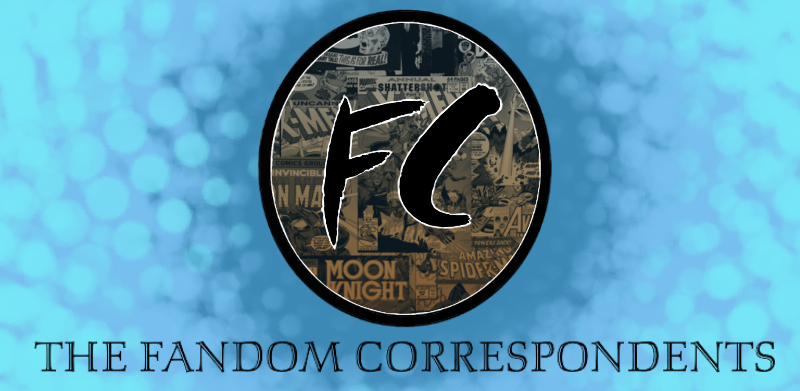Welcome, everyone, to Horrorfest 2020, our annual event where I, Red Lanyard, tell you about terrific (and sometimes absurd) horror movies during the month of October to help you prepare for Halloween, the most wonderful time of the year. This year for Horrorfest, I’m structuring my pieces around various icons of horror–the people, either real or fictional, who have made our beloved genre the delightful niche and multi-million dollar industry that it is today. This first week, I’ll be highlighting some of the fictional antagonists who have carried the horror genre on their backs, briefly discussing what they’ve contributed to our macabre hobby and a recommendation for you to watch. Enjoy!
Ghostface (Scream)
I bet some of you who read the Friday the 13th article earlier thought it was weird but kind of cool to include two people who basically served as the same antagonist of a series. Well boy howdy, is this article for you. The mantle of the Ghostface Killer (no, not the member of Wu Tang) from the Scream franchise has been taken by several different characters over the course of 4 movies, and though some may think this is a weakness of the character, I think it plays perfectly into the main appeal of the franchise: the Scream movies are, just as much as slasher horrors, murder mysteries. So much of the suspense lies in trying to figure out who the killer is in each installment, and that tension makes every death feel that much heavier.
Scream is a lot of things. It’s a meta horror franchise that pays homage to horror history just as much as it pokes fun at the genre. It’s a series of murder mysteries that engages its audiences mroe than most horror films before or since. However, one of the more interesting and unique things that Ghostface specifically does in the movies is disrupt one’s expectations for what a horror antagonist is. I implore anyone watching these movies to pay close attention to the chase scenes in Scream: the killer is downright goofy in some of them. Ghostface goes tripping over furniture, crashing over couches and railings, gets hit by potted plants and refrigerator doors. However, the chase is relentless, and the utter chaos that occurs during these scenes adds so much to their fear factor. Ghostface doesn’t just set out to terrify; they pursue their targets with such realistic action and anarchy that it’s easy to put oneself in those scenes and understand how the chase, the clatter, and the hopelessness come together to horrify.
While Scream came later than the other movies we’re talking about this week (original premiered in 1996), its popularity has spawned a significant amount of media for its relatively short existence. Four films (with a fifth one on the way in 2022), a video game, and three seasons of a TV show have come from the original installment, which is not too shabby of a workload for a character who doesn’t even have a steady identity across more than one film. I highly recommend all of the Scream movies, but Scream 2 in particular sticks out to me for its tension, its excellent performance as a sequel, and probably the most infuriating depiction of a movie-going experience I have ever seen.

